 According to UNESCO’s U.N. Water, “Globally, two billion people do not have safe drinking water and 3.6 billion lack access to safely managed sanitation.” Ceramic filtration is a helpful creation that can reduce contaminated water in various developing countries at a low price.
According to UNESCO’s U.N. Water, “Globally, two billion people do not have safe drinking water and 3.6 billion lack access to safely managed sanitation.” Ceramic filtration is a helpful creation that can reduce contaminated water in various developing countries at a low price.
What Is Ceramic Filtration?
Ceramic filtration uses clay to create a case to remove impurities from water sources, such as water-borne bacteria, microplastics, heavy metals and toxic chemicals. The process of creating ceramic filtrations is quite simple. In a bucket, shifted powdered clays will be mixed gradually with water and combustible burn-out material (natural materials that can be burned), such as coffee grounds, crushed charcoal, sawdust, or ground rice husks. Mixing these materials will create a soft, moldable paste. Then, the clay will be pressed into the bucket to mold around the bucket’s shape and eliminate excess water.
With the clay is in its desired shape, the crafter will leave it to air dry properly for 30 days on a dry shelf. After air drying, the clay is placed in the kiln at 877 to 1006 degrees Celsius. Once the ceramic pot is assembled and adequately dried, ridding water of bacteria and chemicals is simple. Pouring water into the clay pot with a bucket underneath allows water to permeate through but not sediments and bacteria into the bucket.
Why Is Ceramic a Possible Solution To Water Stress?
Ceramics is a viable option for developing countries as clay is an ample resource and can be found easily in different climates. The cost of water filtration systems is too expensive for most developing countries to afford, “[Industrial water] systems costs can range significantly due to these variables, with some simple, low-flow systems running as low as $45,000, to high-end, high-capacity systems with price tags exceeding tens of millions of dollars.”
According to the World Bank, “Low-income economies have 2021 GNI per capita of up to $1,085.” This indicates that leaders in these countries may struggle to afford essential goods for their populations, let alone invest in filtration systems. Ceramic filtration is a possible solution to address water stress, offering an easily accessible and cost-effective resource. The creation of a ceramic filter typically costs around $50.
As stated by John Howarter, an assistant professor of materials engineering and environmental and ecological engineering at Purdue University, “A filter in Kenya costs about $50 in materials, with labor and transportation as additional costs, but that filter will last five to 10 years, so the overall cost is very low.”
Conclusion
Ceramic filtration is a possible solution to water stress, allowing billions of people to have clean, accessible water at an affordable cost. The dissemination of knowledge about inexpensive and easily deployable filtration methods is crucial in empowering individuals in underdeveloped countries, offering them a fair chance at a healthier life.
– Jessica Jean-Baptiste
Photo: Pixabay

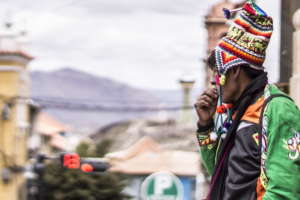
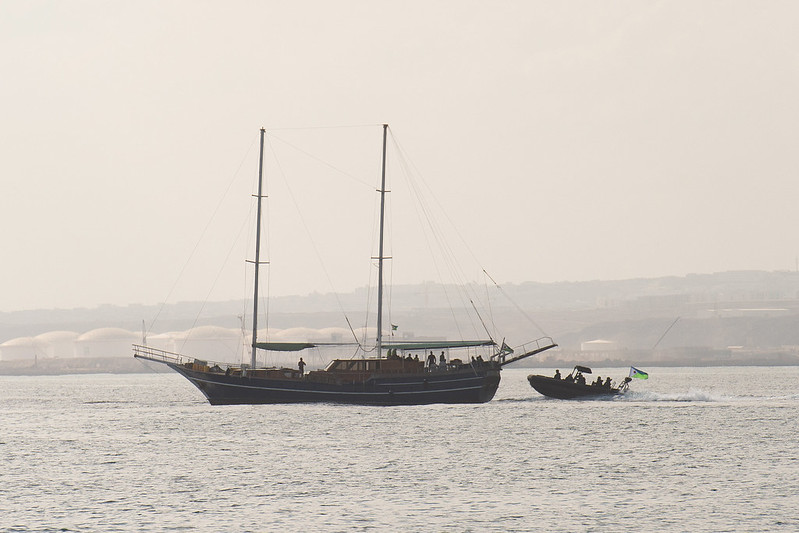
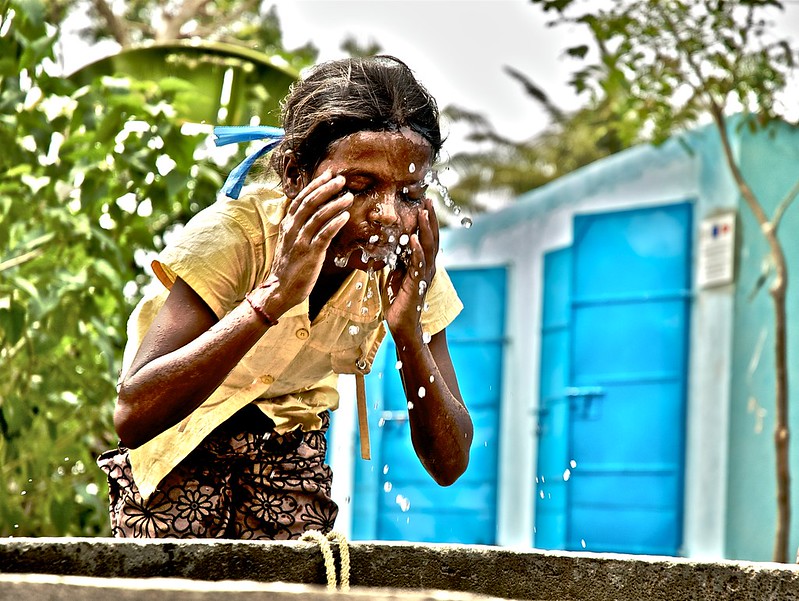
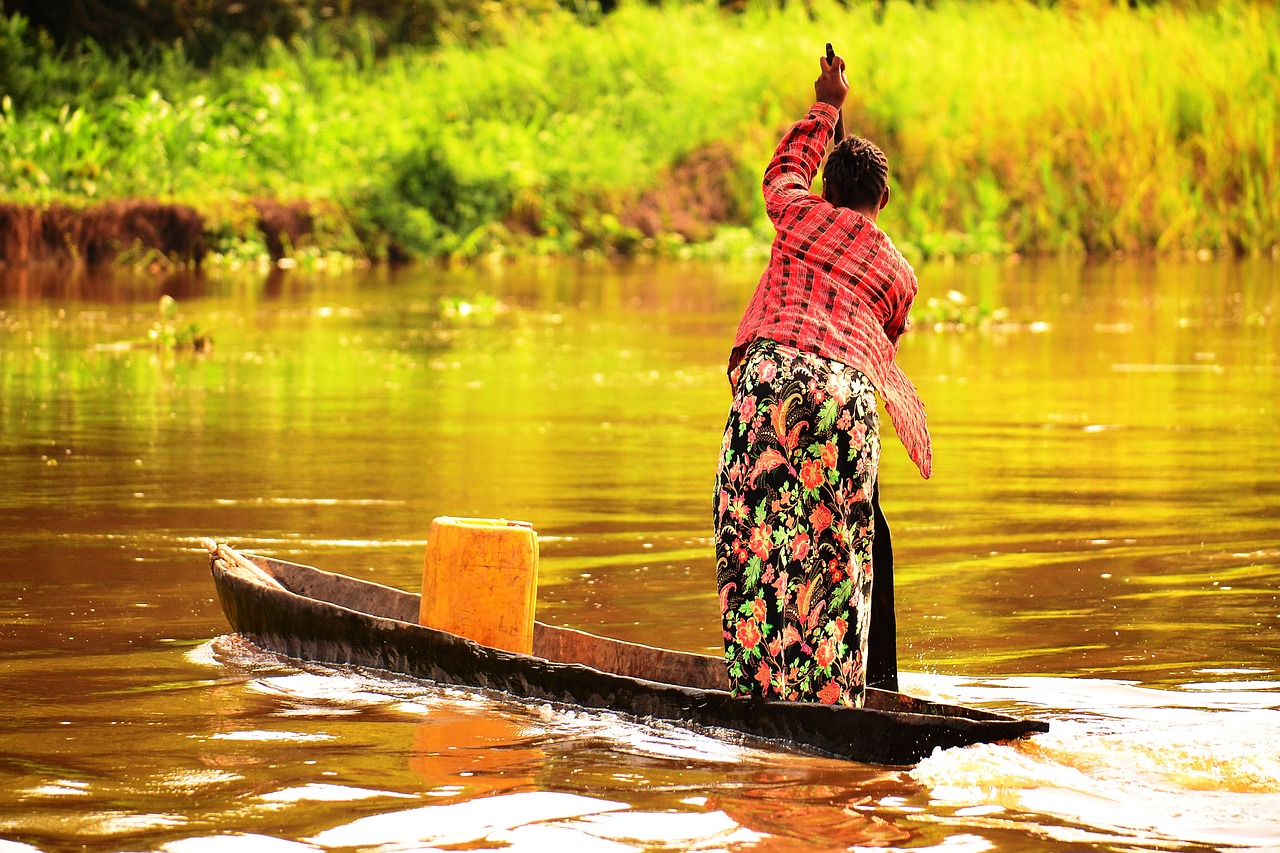 The Democratic Republic of the Congo (DRC) has an abundance of freshwater reserves. Around 30 rivers flow through its borders, including
The Democratic Republic of the Congo (DRC) has an abundance of freshwater reserves. Around 30 rivers flow through its borders, including Uganda is a republic bordering Kenya and South Sudan. It is known for its diverse ecosystems and unique geography. The Central African country rests upon a plateau outlined by a natural boundary of mountains and valleys.
Uganda is a republic bordering Kenya and South Sudan. It is known for its diverse ecosystems and unique geography. The Central African country rests upon a plateau outlined by a natural boundary of mountains and valleys. 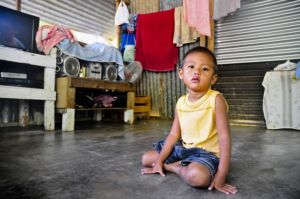
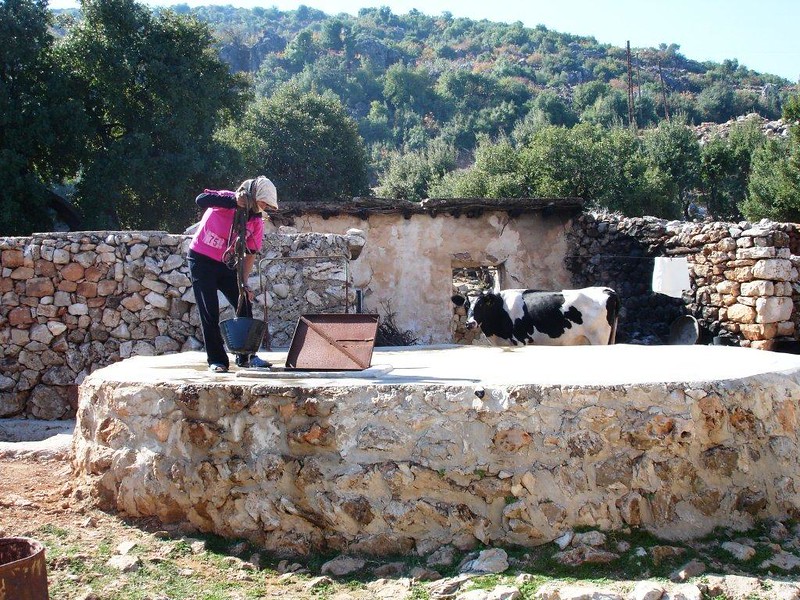
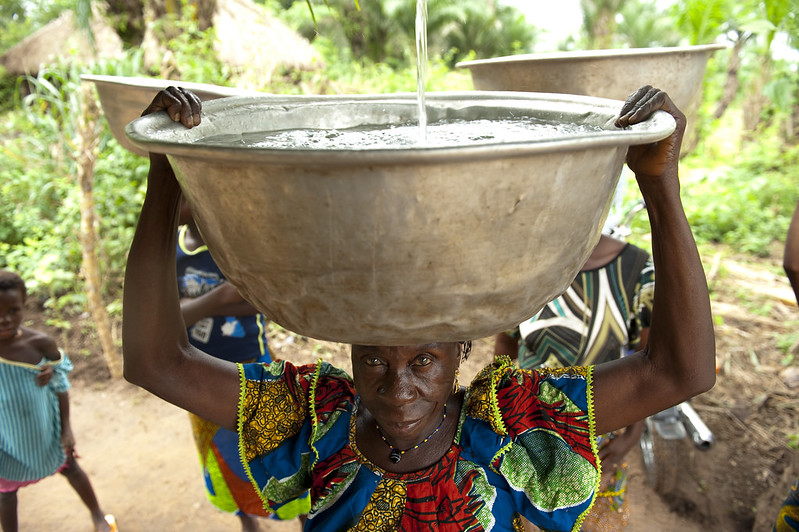 Around the world, there are billions of football (or soccer) fans who are passionate about their team and the sport. One football club, Hannover 96 in Germany, is using that passion to do good with the help of local volunteers. By way of the project “Drinking Cups for Drinking Water,” these football fans are improving access to drinking water in Africa and making a difference in some of the most impoverished regions in the world.
Around the world, there are billions of football (or soccer) fans who are passionate about their team and the sport. One football club, Hannover 96 in Germany, is using that passion to do good with the help of local volunteers. By way of the project “Drinking Cups for Drinking Water,” these football fans are improving access to drinking water in Africa and making a difference in some of the most impoverished regions in the world.